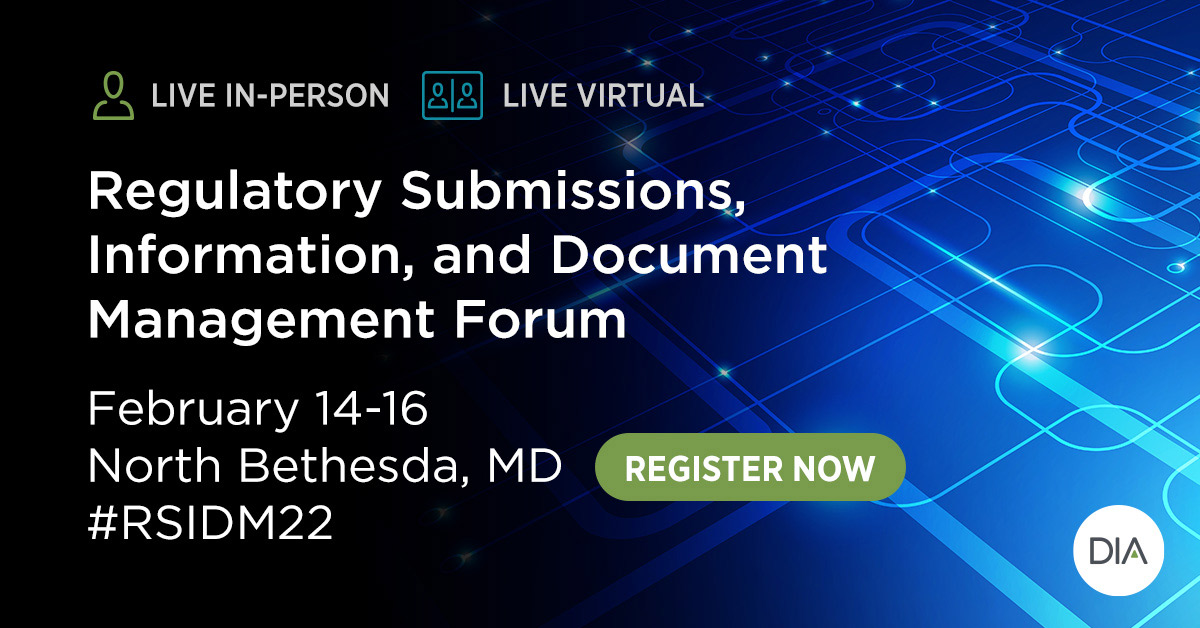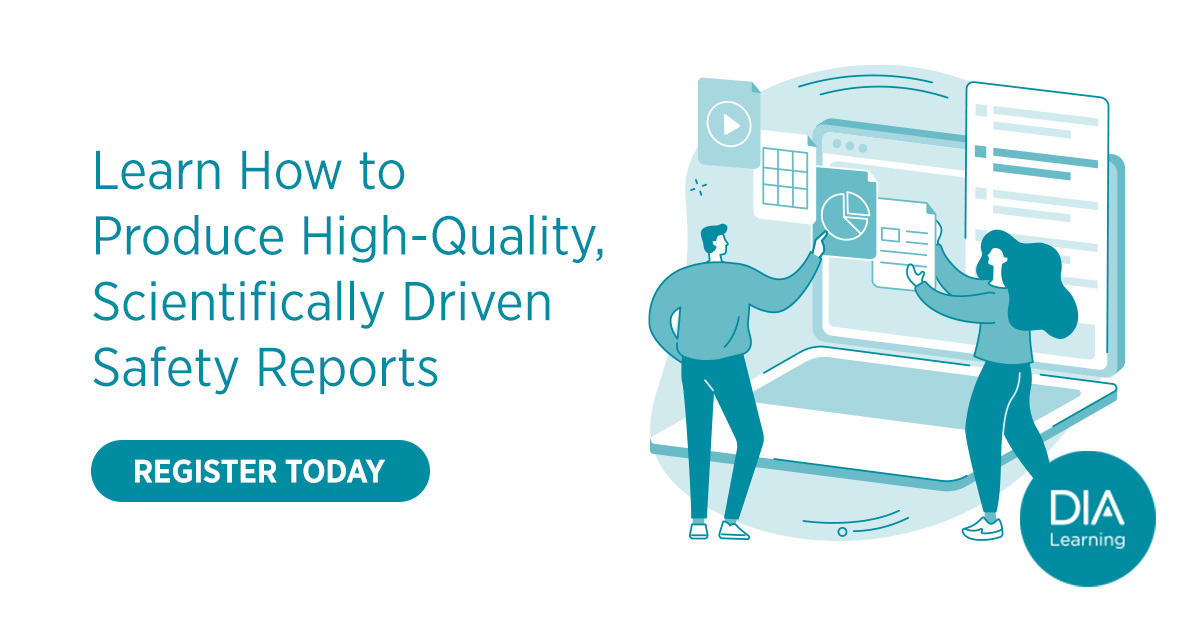Table of Contents
WE ARE DIA
EXECUTIVE LEADERSHIP
Subscribe
Love Global Forum’s new online format? Subscribe today and never miss an issue.
Editorial Board
Content stream editors
Gary Kelloff US National Institutes of Health
David Parkinson ESSA Pharma, Inc.
regulatory science
Isaac Rodriguez-Chavez ICON plc
Patient engagement
Trishna Bharadia Patient Advocate and Media Contributor
Mary Stober Murray National Minority Quality Forum
Editorial Staff
Sandra Blumenrath, Managing Editor, Scientific Publications DIA Scientific Communications
Chris M. Slawecki, Senior Digital Copyeditor DIA Scientific Communications
Regional Editors
David Mukanga Bill and Melinda Gates Foundation
ASEAN
Jin Shun Sandoz
AUSTRALIA/NEW ZEALAND
Richard Day University of New South Wales, Medicine, St. Vincent’s Hospital
CANADA
Judith Glennie JL Glennie Consulting, Inc.
CHINA
Ling Su Shenyang Pharmaceutical University, Lilly Asia Ventures
Europe
Thomas Kühler Sanofi R&D
INDIA
J. Vijay Venkatraman Oviya MedSafe
JAPAN
Ozawa Goshi Real World Data Co. Ltd.
LATIN AMERICA
Cammilla Gomes Roche
USA
Ebony Dashiell-Aje BioMarin
Young Professionals Editors
Saloni Patel Acorda Therapeutics
DIA Membership
Bringing together stakeholders for the betterment of global health care.
Center for Drug Evaluation and Research (CDER)
US Food and Drug Administration
Critical Path Institute
Center for Drug Evaluation and Research (CDER)
US Food and Drug Administration
n recent years, FDA has undertaken multiple efforts to better incorporate the patient’s voice in drug development and evaluation through adoption of clinical outcome assessments (COAs) that measure what matters to patients. Digital health technology (DHT) tools, such as sensor-based assessments of activity or sleep, hold potential to play a pivotal role in modernizing patient-centered outcome measurement by reducing barriers to trial participation and capturing outcomes that matter to patients in daily life. FDA regulations require well-defined and reliable assessment methods, a standard that applies to any outcome assessment intended to support claims of drug effectiveness. A COA is considered fit-for-purpose when the level of validation associated with it is sufficient to support its context of use.
Special Section: Pharmacovigilance
Special Section: Pharmacovigilance
Special Section: Pharmacovigilance

ear Global Forum Readers,
As a pharmacovigilance aficionado and an active contributor to a variety of DIA initiatives over the past 15 years, I consider it one of my greatest honors to have been invited to serve as the Editor for this Special Section of Global Forum on Pharmacovigilance. I take this opportunity to thank Dr. Alberto Grignolo, Global Forum Editor-in-Chief, and Chris Slawecki, Senior Digital Copy Editor, DIA Scientific Communications, for this invitation to contribute to this vital topic.
Special Section: Pharmacovigilance
he past decade has seen the impressive growth of patient involvement in healthcare, to the point that the term “patient centricity” has been introduced steadily in all patient-related activities. This is particularly true in clinical research, where patients have gone from being just passive recruited subjects to active participants thanks to the realization that if something is meant to benefit the patient, then the patient must be included in the process and his/her voice must be as heard and relevant as other stakeholder voices to develop better quality medicines that truly improve their lives. The importance and impact of the patient perspective in drug safety reporting is now emerging.
Special Section: Pharmacovigilance
mart Safety Surveillance (3S) is a product-focused, principles-based approach to building functional LMIC (low- and middle-income countries) pharmacovigilance (PV) systems that has been validated across multiple products and geographies. The lessons learned and key success factors enabling this work have been shared with interested country regulators and public health decision makers tasked with protecting the safety of their populations, funders, and multilateral organizations partnering with these countries, and to product developers developing global product launch plans.
![]() Podcasts
Podcasts
Special Section: Pharmacovigilance
Vitrana
Mariette Boerstoel
AstraZeneca
Courtney Granville
DIA
Jeremy Jokinen
Bristol Myers Squibb Company
rapid acceleration of automation sees artificial intelligence (AI) driving efficiency across the safety continuum. Although cost, unfamiliarity, and hesitancy to explore new ways of working were (and to some extent remain) barriers to rapid integration of AI, the demands of increasing case volumes and the consequent need to reduce human workload are shifting priorities and may promote further adoption of AI. This comes with many benefits, including reduction in errors and overreporting, and improvement in timelines and transparency. It is also enabling a shift in workforce needs and new ways of working. Finally, evidence generation in the COVID era has shifted mindsets and could stimulate a future in which post-approval safety assessment shifts from exploratory to confirmatory.
Special Section: Pharmacovigilance
OVID-19 has highlighted the need for new methods of pharmacovigilance. During the pandemic, people stayed home as much as possible, avoiding public gatherings, delaying going to the doctor for routine medical care, and even holding off seeking medical care for COVID symptoms. This situation was further complicated by social media reports encouraging use of medications outside of their labeled indications, as well as anxiety about using vaccines that were developed quickly and first authorized under emergency use authorization.
Special Section: Pharmacovigilance
he role of vaccines in preventing infectious diseases globally has become more important than ever in the COVID-19 pandemic. Safety has always been a key focus in vaccine development, but vaccines (like all medical products) are not without risks of adverse effects. Along with meticulously conducted clinical trials, a robust post-market safety surveillance system is essential to ensure safety throughout the vaccine lifecycle. Efficient and scientifically sound signal detection systems and responsible communication also play a significant role in vaccine safety.
ore than 16 million adverse events have been reported to the FDA over the last 10 years, nearly four times the volume from the prior decade. This growth is driving industry-wide action to improve intake and case processing. Many companies are scaling operations and increasing efficiency with modern tools for more strategic product development. This presents both opportunities and challenges and requires fresh thinking and more nimble processes.
Around the Globe ASEAN
egulatory authorities such as US FDA, EMA, and PMDA have had regulatory frameworks for orphan drugs (OD) in place for decades. Upon recognizing that their existing drug development and regulatory frameworks may not be suitable for rare disease (RD) therapeutic interventions, regulators in Singapore, Malaysia, Philippines, and Vietnam have also started to initiate regulatory reforms for OD registrations. This table illustrates the current state of these reforms.
Around the Globe CANADA
he September 2021 federal election represented a second trip to the polls for Canadians in the last two years, resulting in another minority government for the incumbent Liberal Party. From a pharmaceutical policy perspective, the party platform mirrored the federal budget tabled in April 2021 and affirmed previous direction on files related to this sector. In the context of this renewed mandate, it is worth reviewing recent developments in the Canadian pharmaceutical policy space and how they might move forward in the future.
Around the Globe EUROPE
Sanofi R&D
lobal Forum recently published a piece on Health Technology Assessment (HTA) in the EU and how a regulation that had been the subject of protracted negotiations for close to three years eventually seemed to have been cleared for final adoption. The aim of this regulation is to secure timely patient access to novel therapies, to avoid duplicative HTA-assessment work at the Member State level, and to provide the sector with a predictable and consistent HTA process. A few formal steps remained, the most important one being the adoption of the regulation at a Council Meeting, which happened in a Council vote on November 9, 2021.

IA honors the life and work of J. Rick Turner, expert consultant at DRT Strategies Inc. and editor emeritus of Therapeutic Innovation & Regulatory Science (TIRS), who died in October 2021. He was a leader, friend, and mentor whose energy, enthusiasm, and inspirational nature will be missed by many.









